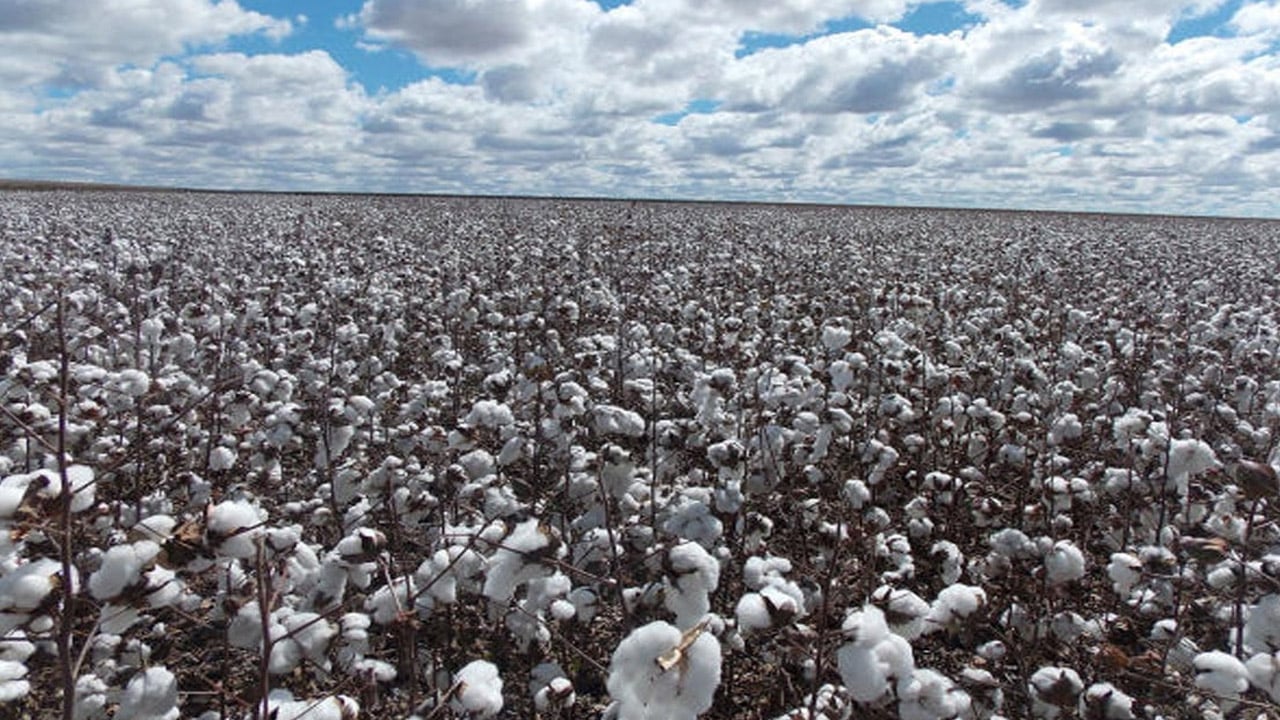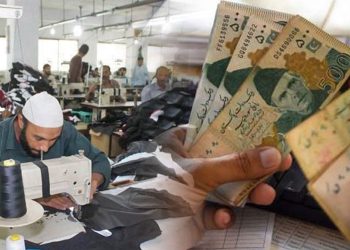Sindh has surpassed Punjab to become the leading cotton producer in Pakistan, marking the first time it has taken the lead in silver fiber production, as reported by the Pakistan Cotton Ginners Association (PCGA) on Wednesday. Traditionally contributing around 30 percent of the nation’s total cotton output, Sindh now accounts for over 50 percent of the 8.171 million bales received by ginning factories until December 31, 2023.
PCGA data reveals that Sindh produced 4.092 million bales, experiencing a significant 121.16 percent increase compared to the same period last year. Meanwhile, Punjab produced 4.078 million bales, reflecting a growth of 47.66 percent. The total cotton arrivals at ginning factories by December 31, 2023, stood at 8.171 million bales, a notable surge from the 4.612 million bales reported in the corresponding period of the previous year. This represents a 77.14 percent increase, with an additional 3.558 million bales of cotton received this year.
The report highlights that Sindh’s cotton arrivals increased phenomenally by 121.16 percent, with 2.241 million more bales than the previous year. In comparison, Punjab’s cotton arrivals reached 4.078 million bales, reflecting an increase of 1.316 million bales or 47.66 percent compared to the same period last year.
Sanghar district in Sindh emerged as the leader in reported cotton arrivals, with 1.68 million bales by December 31, 2023, followed by Sukkur district with 0.54 million bales. In Punjab, Bahawalnagar district led in terms of arrivals, reporting 1.06 million bales, followed by Rahim Yar Khan with 0.59 million bales.
The textile sector has purchased 7.314 million bales of cotton, while exporters and traders have acquired 0.292 million bales this season. Despite government announcements, the Trading Corporation of Pakistan (TCP) has not procured cotton from farmers for the 2023-24 season. Currently, 241 ginning factories are operational in the country.
Cotton holds significant economic importance for Pakistan, accounting for 55 percent of all foreign exchange earnings. It serves as a crucial raw material for the textile industry, the largest agro-industrial sector in the country, employing 17 percent of the workforce and contributing 8.5 percent to GDP. The recent trend underscores a shift in the traditional dominance of Punjab in cotton production.






